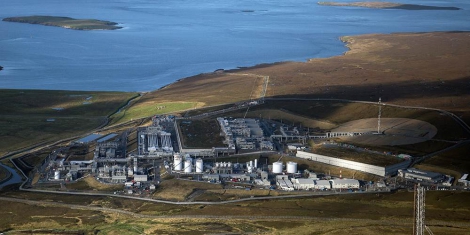SSE's Big Rise in Gas-Fired Power
UK energy supplier and generator SSE said in a trading statement January 31 that it almost doubled its power generation from gas and oil-fired plants year on year in the last nine months.
As its oil-fired capacity is minimal, this signals a huge rise in SSE's UK gas-fired generation. Last year was colder overall than 2015, especially later on, which meant greater use of gas-fired plants. Gas is also advantaged over coal in the UK as the country has a carbon price floor that replaces the ineffective European Union carbon certificate price and is several times higher than it.
SSE generated 12.8 terawatt-hours in the nine months to December 31 2016 from gas and oil, compared with 6.6 TWh in April-December 2015, an increase of 94%. Its coal fired generation correspondingly slumped to 0.1 TWh, from 3.7 TWh.
The firm’s gas production increased by 60% to 7.58mn barrels of oil equivalent in the nine months to end-2016, largely as a result of the February 2016 start-up of UK West of Shetland offshore gas field Laggan-Tormore in which it has a 20% stake.

The onshore gas plant that receives gas from the offshore Laggan-Tormore field (Photo credit: SSE)
SSE noted that it secured agreements to provide 3.239 GW of de-rated electricity generation capacity in 2020/21 in the GB Capacity Market Auction at a cleared price of £22.50/kW. SSE added that the supplementary Capacity Market Auction for delivery in 2017/18 started January 31 and that SSE has prequalified 5.908 GW of its generation portfolio, including all its thermal plants.
For 2016/17, SSE now expects that its capital and investment expenditure will total around £1.75bn ($2.2bn) gross, its highest annual capex to date.
SSE said it will publish its preliminary results for its financial year ending March 31 2017 on May 17.
Mark Smedley



